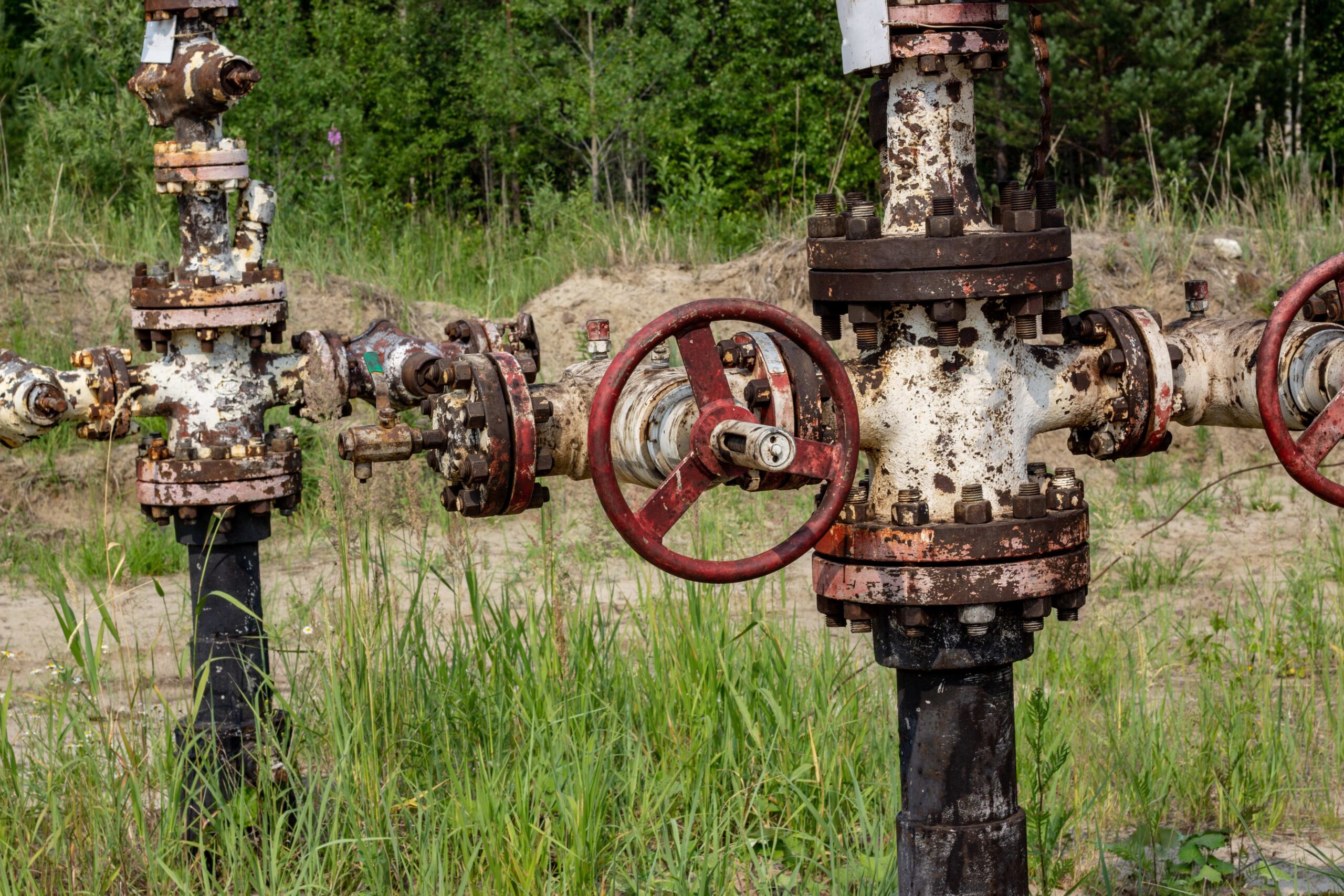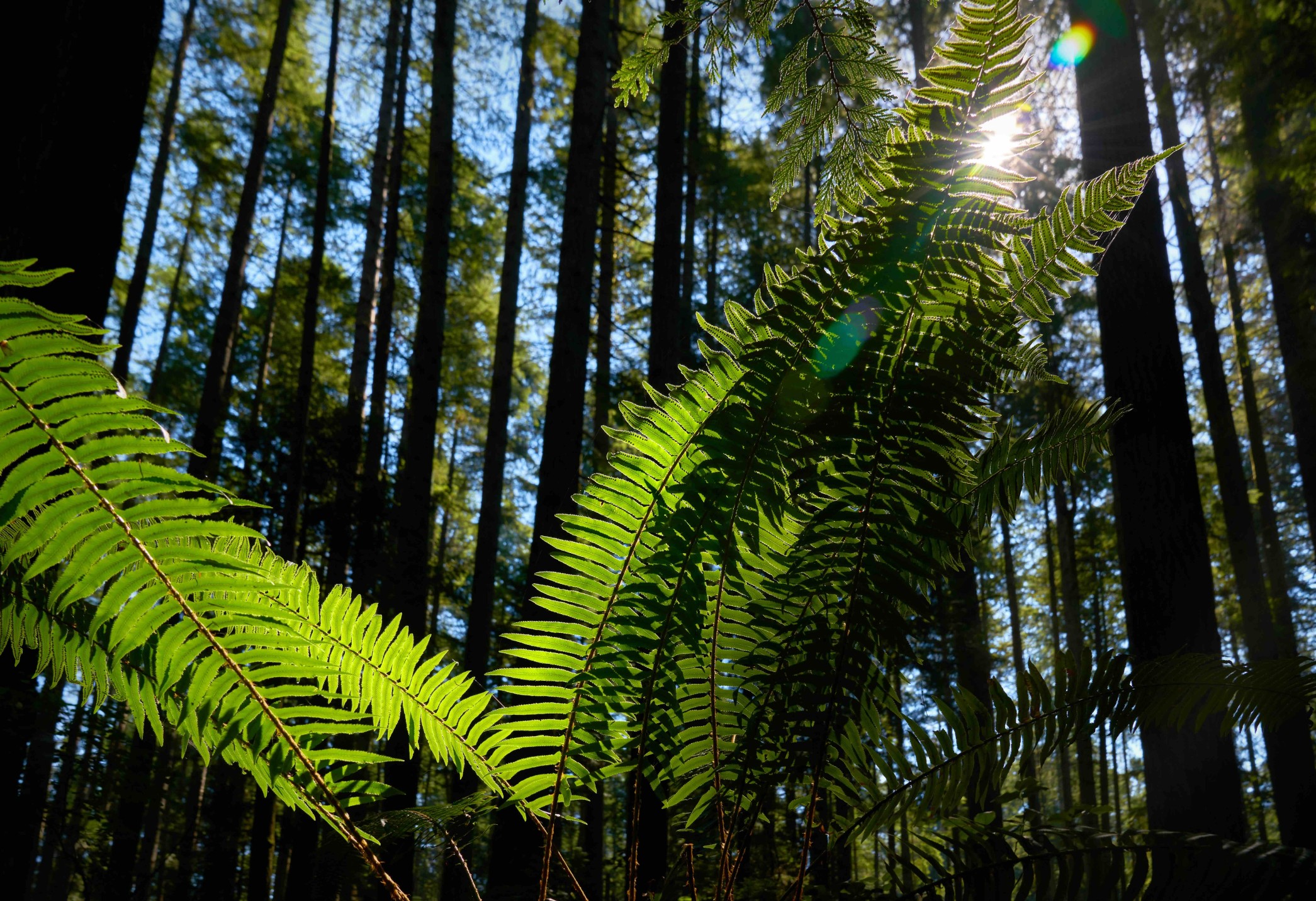This website uses cookies so that we can provide you with the best user experience possible. Cookie information is stored in your browser and performs functions such as recognising you when you return to our website and helping our team to understand which sections of the website you find most interesting and useful.
ACR’s New Methodology to Adopt Orphaned Oil & Gas Wells for Climate Action

ACR has published the world’s first methodology to leverage carbon market finance to plug orphaned oil and gas (OOG) wells in the United States and Canada. The methodology provides the eligibility requirements and accounting framework for the creation of carbon credits from the reduction in methane emissions by plugging OOG wells. Orphaned wells are inactive and have no solvent owner of record. These wells can leak toxic chemicals that lead to air pollution, groundwater contamination, soil degradation, damage to ecosystems, and risk of explosions. OOG wells also pose an acute climate threat. The wells are often leaking methane, a potent greenhouse gas which is a large contributor to warming. Rapidly reducing methane emissions, including from orphan wells, will significantly reduce early atmosphere warming and associated impacts.
Researchers at McGill University, together with the Environmental Defense Fund (EDF), have produced a map of 120,000 documented OOG wells across 30 states in the U.S. However, estimates of additional undocumented OOG wells range as high as several million across the country. The EPA estimates the volume of methane being released from these orphan and other inactive wells to be between 7 and 20 million tons of CO2e every year, though it could range much higher.
This webinar shares information about ACR’s methodology, about the environmental and climate harm of OOG wells, and answers audience questions about the methodology.



